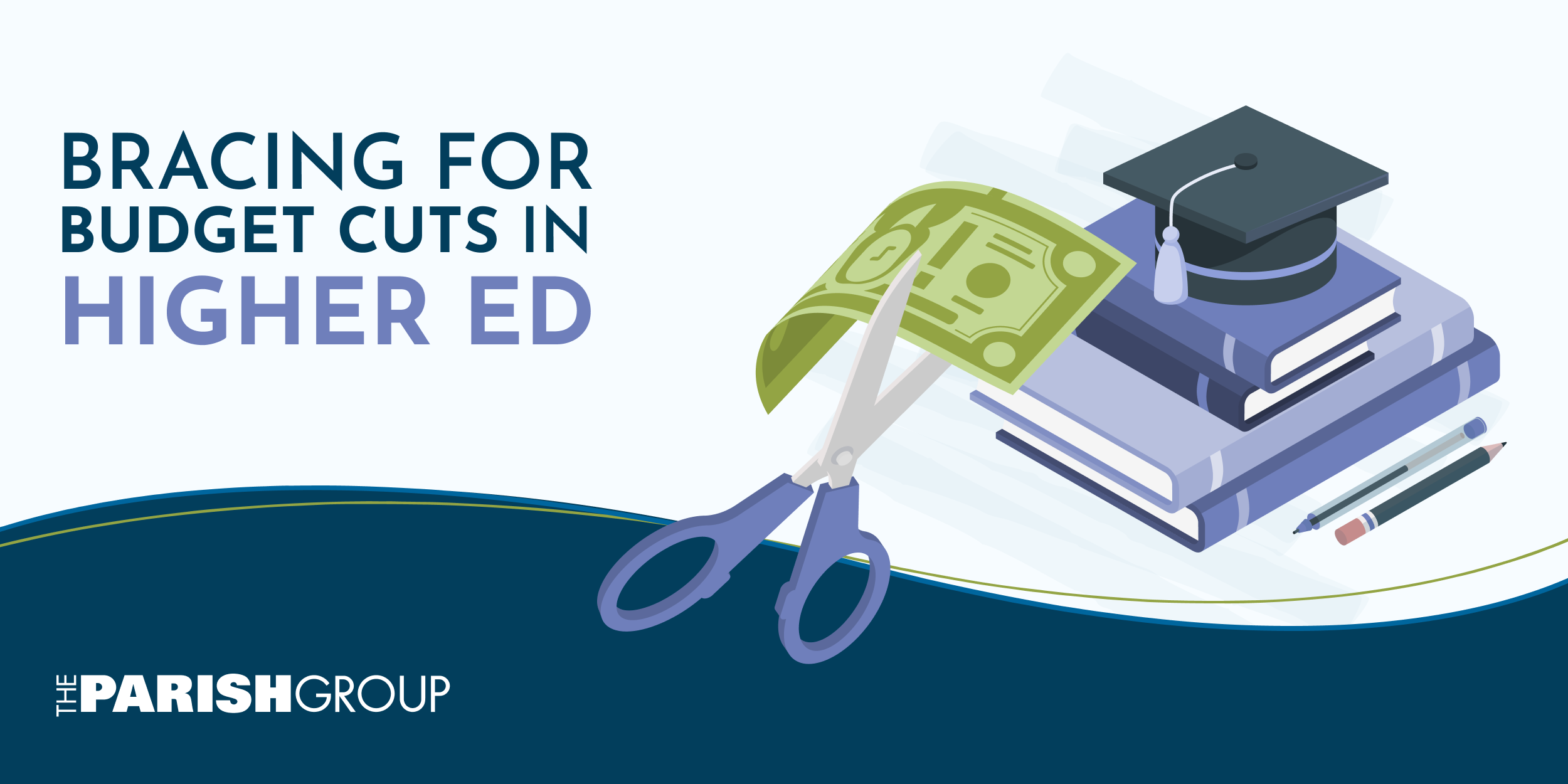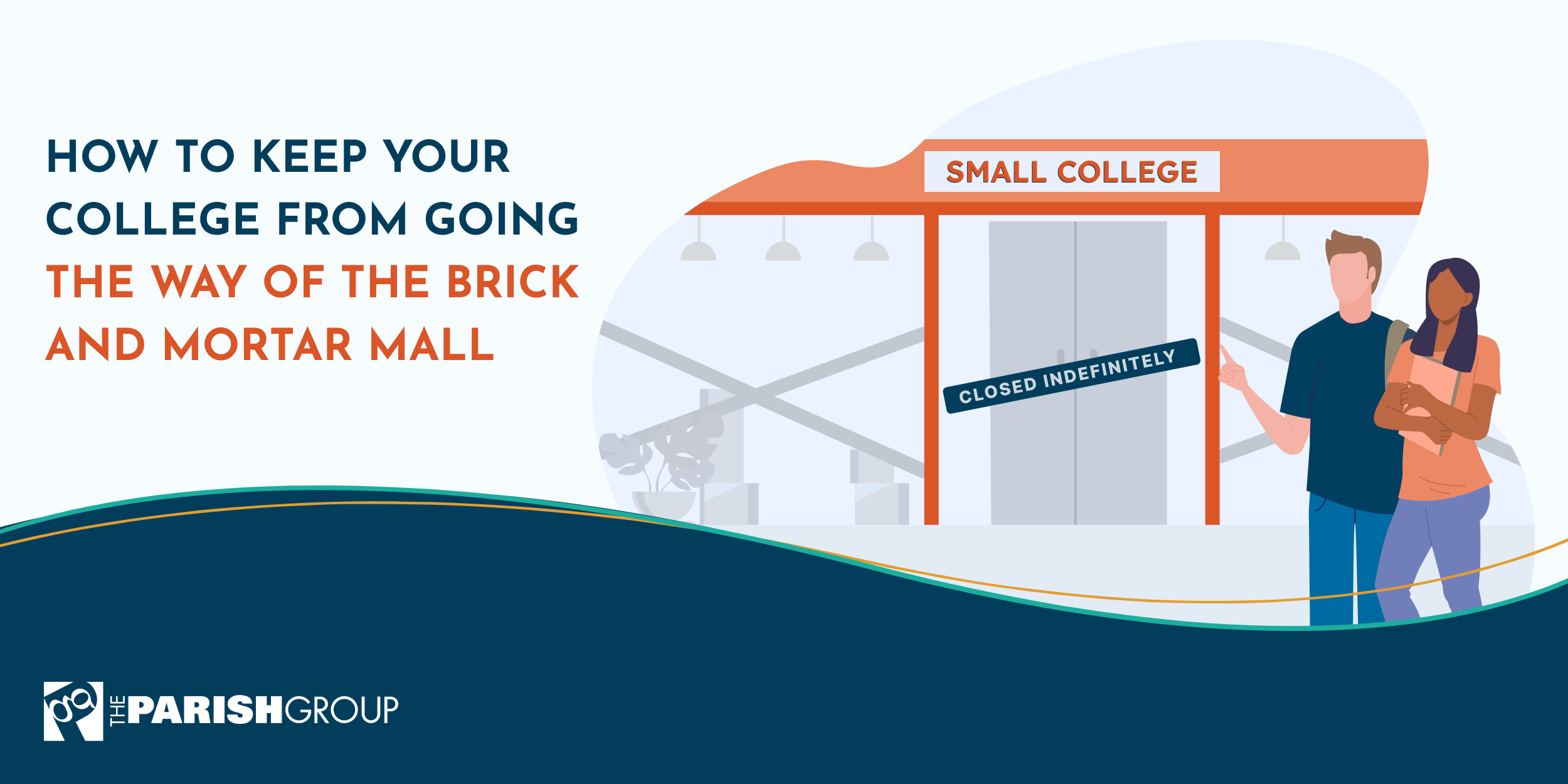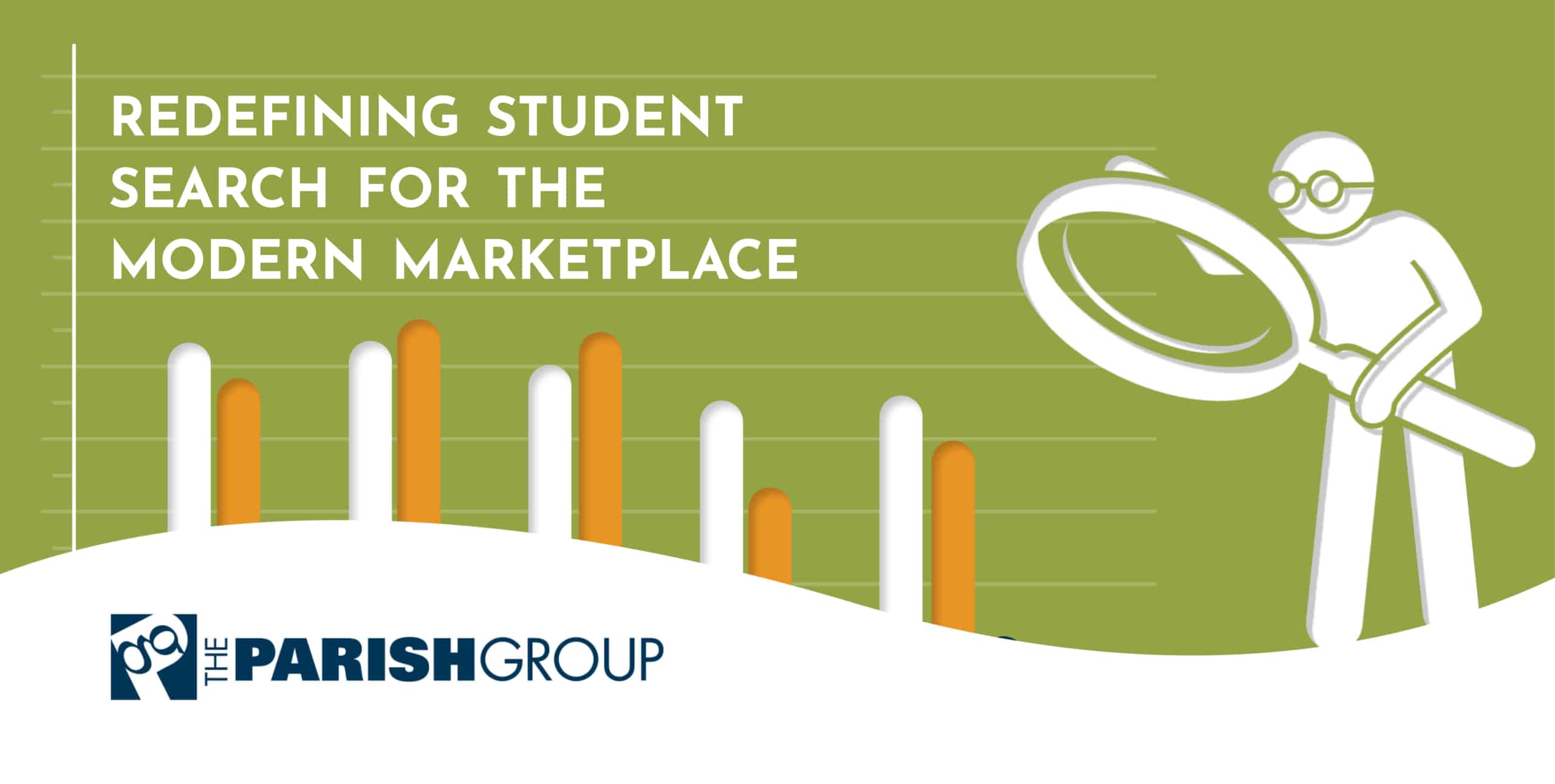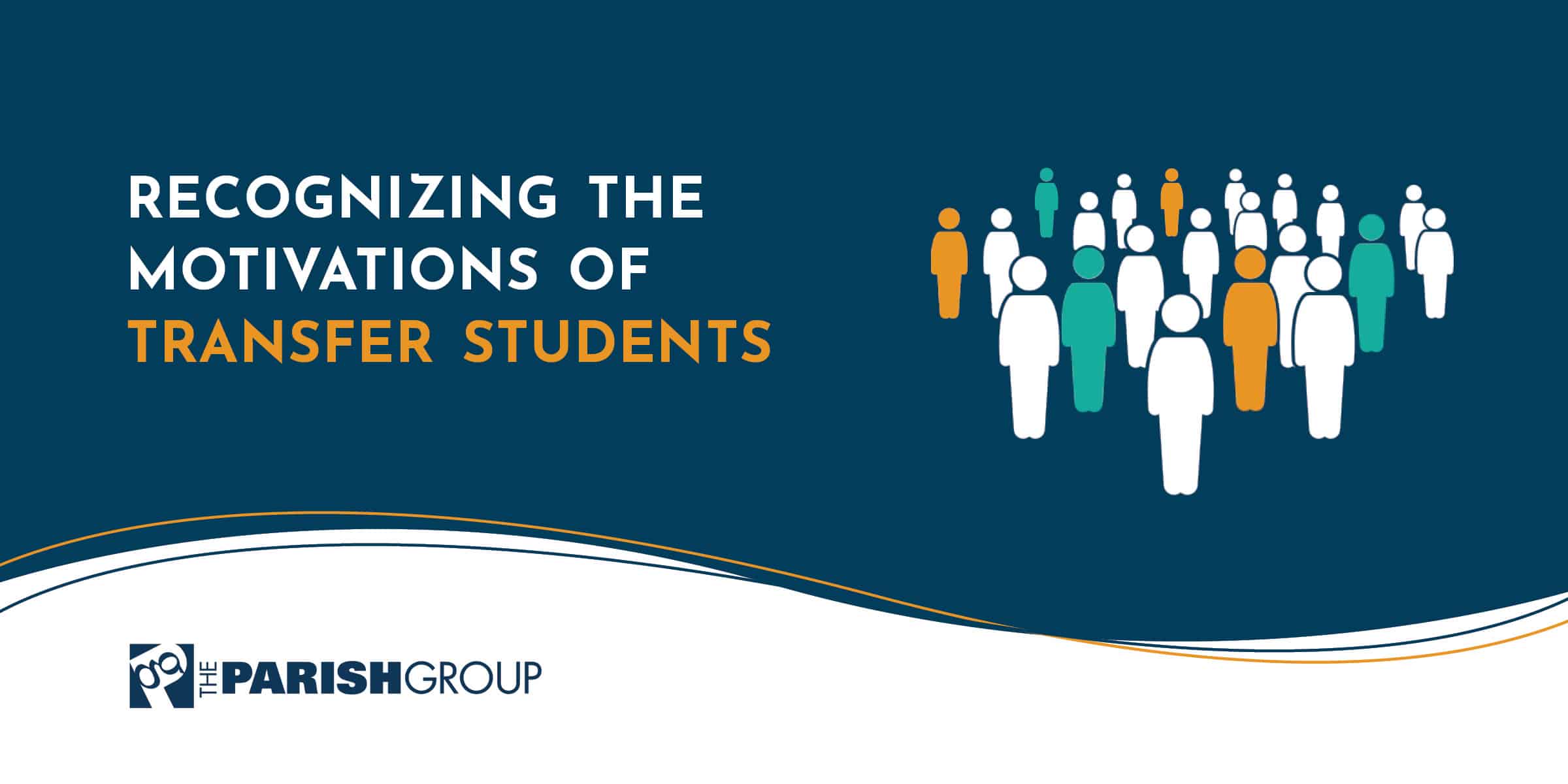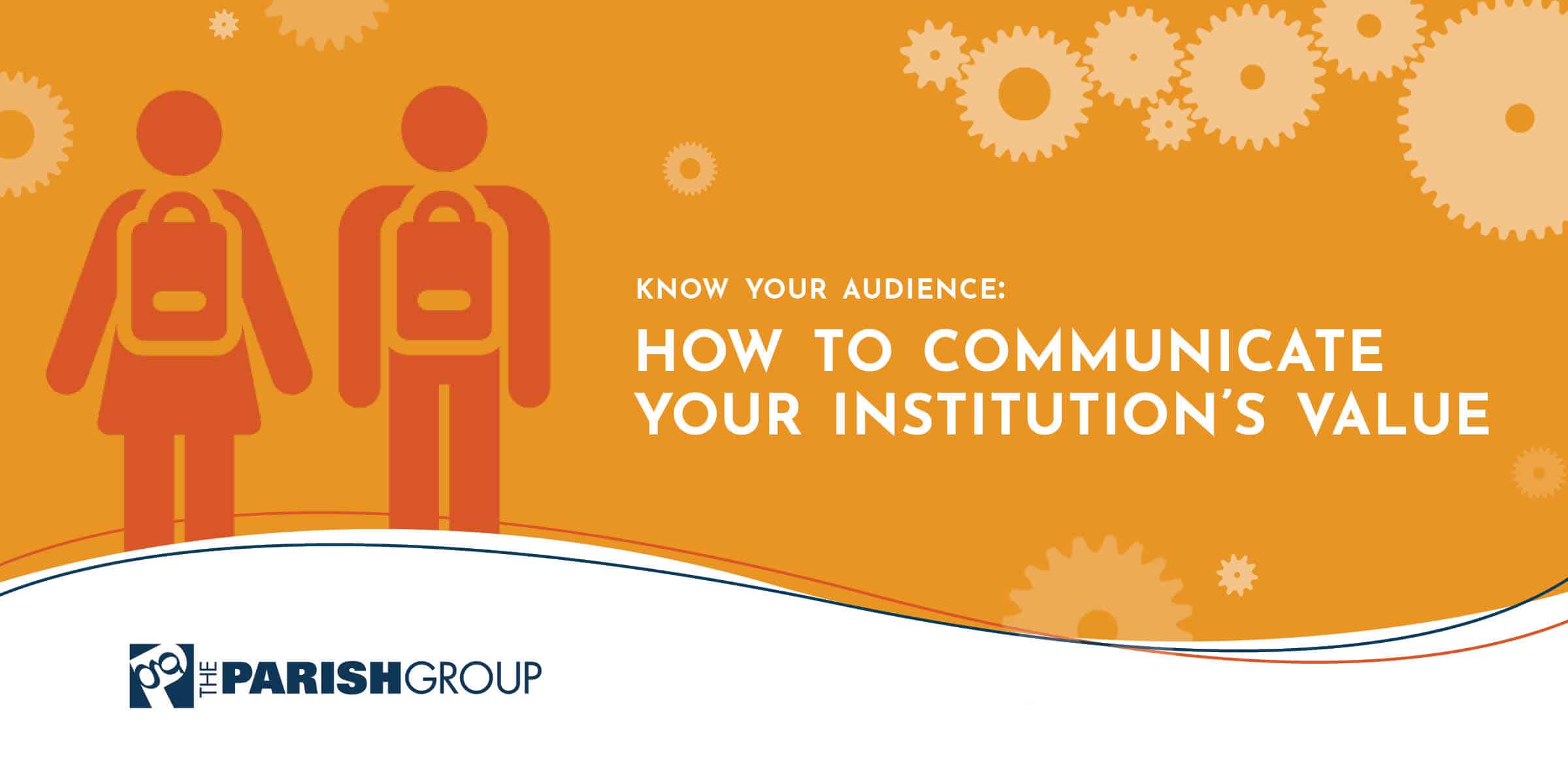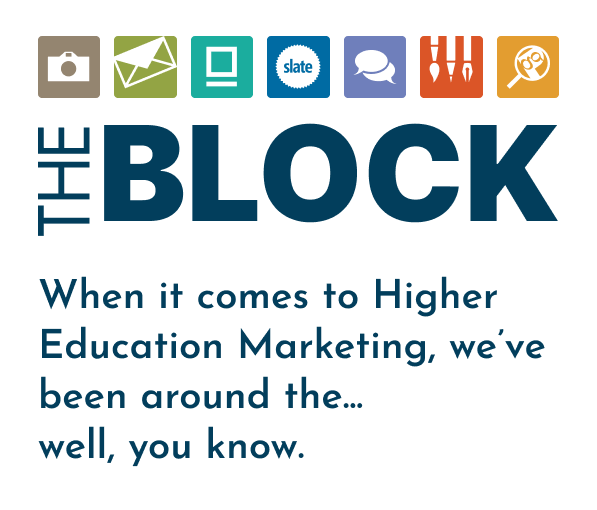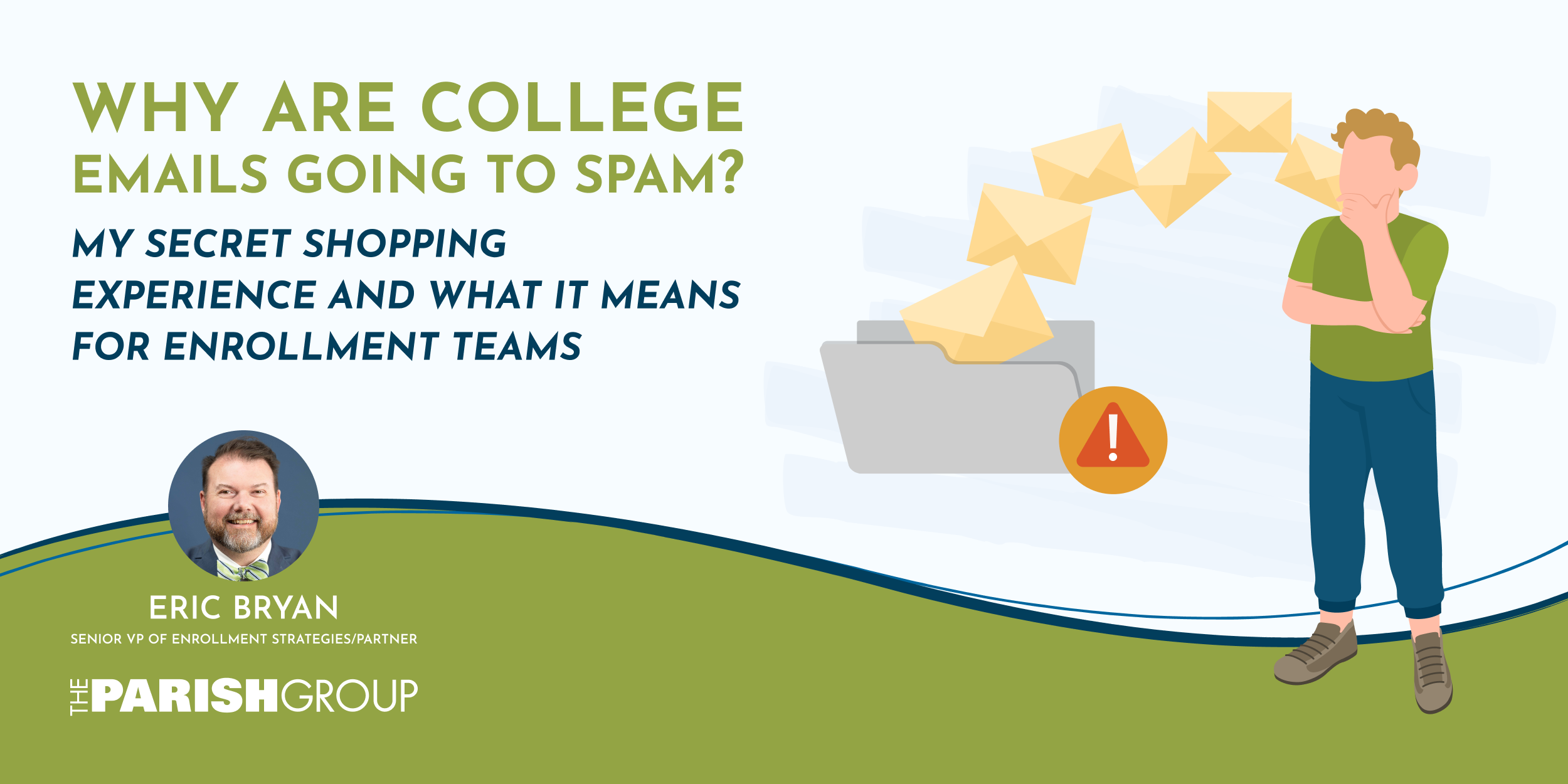
As an enrollment professional with almost three decades of experience, I’ve seen just about every challenge come our way when it comes to print and digital communication with prospective students.
But in 2024, I noticed a troubling trend that I couldn’t ignore: a significant uptick in college emails going straight to spam folders. This isn’t just a minor annoyance—it’s a major issue that could be impacting your institution’s ability to reach potential students and engage them in the admissions process.
To understand the scope of the problem, I decided to do a little “secret shopping” of my own. As many of you may know, this was not the first time I’ve done this. I typically look at the timing of emails, subject line content, utilized CRM, if a vendor is used, or if print pieces are sent. If so, what? Postcards, letters, brochures, or viewbooks?
Posing as a freshman inquiry prospect, I visited the websites of 70 different institutions, submitted my information through their inquiry forms, and waited to see what happened next. What I discovered was both concerning and enlightening.
The Problem: Emails from Colleges are Going to Spam
Since January 4, 2024, I’ve noticed that nearly every email I’ve received from colleges, after submitting my inquiry online, filtered directly into my spam folder. And it’s not just one, five or even 10 schools—this is a widespread issue. It seems like colleges send out marketing emails, event invitations, application reminders, and financial aid updates, but their messages get buried in spam.
That number totaled an amazing 1,596 emails sent in a 11-month period, to one “student”! Most averaged 20-40 emails, but one institution sent 73. Mind you, this does not account for the emails that did go to my inbox. I also received four, directly from vendors doing research.
This isn’t just an occasional glitch. It’s a systemic problem that is likely impacting many other prospective students as well. Whether it’s prospective students not even seeing these emails or the emails getting lost in a crowded inbox, this is a major barrier to effective engagement during the critical inquiry and application stages.
The Impact: Lost Opportunities and Broken Communication
When emails go to spam, the impact is clear: missed opportunities. I’ve spoken to a number of enrollment leaders recently, and many of them are perplexed by the lack of engagement from students who have submitted inquiries but aren’t following up. They’re spending a lot of time and money sending emails, yet they’re seeing low open rates and no measurable return on those efforts.
But here’s the thing: If an email never reaches its intended recipient, it doesn’t matter how great your messaging is or how good your offer might be. It’s wasted effort.
And it’s not just about numbers on a dashboard. Every prospective student who doesn’t see your email is one less student who will engage with your institution, attend an event, or move forward in the application process. For colleges that rely on email as a primary means of communication—especially when it comes to nurturing leads—this is a big problem.
Why is This Happening?
After diving into the issue, it’s become clear that this spam issue isn’t just random bad luck. The Parish Group made significant changes when Google announced its new email algorithm in December of 2023. Now, there are several factors at play, many of which are technical and outside the control of a typical enrollment team.
Here are a few of the key culprits:
Email Authentication and Deliverability Issues
Most colleges use third-party vendors to send mass emails, and if those systems aren’t configured properly, they can trigger spam filters. Without proper email authentication protocols like SPF (Sender Policy Framework), DKIM (DomainKeys Identified Mail), or DMARC (Domain-based Message Authentication, Reporting & Conformance), emails are more likely to be flagged as spam.
.org vs. .edu
36 of the 70 institutions outsourced their campaign to vendors who used a .org landing pages to gather the responses from the prospects, or as a passthrough tracking site. This had the largest impact on the spam filter. It also impacted some emails coming from their institution’s CRM in its deliverability ranking.
Lack of Personalization and Engagement Signals
Spam filters increasingly rely on engagement data. If your emails are generic or lack personalization, they may be marked as spam by both the system and the recipient. If an email doesn’t get opened or clicked on by a significant number of recipients, email platforms like Gmail or Outlook will categorize future messages as spam.
Spammy Content and Triggers
Certain words or patterns in your email content can trigger spam filters. These can include too many links, excessive use of images, or language that’s associated with spammy or phishing emails. As college marketing teams experiment with different tactics, it’s easy to slip into practices that unintentionally get flagged.
Overuse of Bulk Email Tools
It wasn’t just vendors. Sending large volumes of email in a short period, without segmentation or targeted messaging, can signal to email providers that you’re sending spam. Many institutions use bulk email tools (CRMs) to reach prospective students, but without careful list management (throttling/batch sends) and segmentation, these emails can end up being marked as spam.
What Can Institutions Do About It?
Now that we know the issue is widespread, the question is: what can be done to solve it?
Audit Your Email Deliverability
Enrollment teams should regularly audit their email deliverability rates. This includes checking email authentication settings (SPF, DKIM, DMARC) and testing emails to ensure they’re reaching inboxes, not spam folders. Using tools like Google Postmaster Tools or other email deliverability services can help identify problems before they impact your campaigns.
Improve Email Personalization
Generic emails are a major red flag. Admissions emails need to be personalized, relevant, and engaging. You don’t have to send individual emails to every prospect, but using dynamic content, segmenting lists, and adding personalized touches will boost engagement and reduce the likelihood that emails will be filtered as spam.
Optimize Content for Spam Filters
It’s important to understand what makes an email look “spammy” to filters. Avoid excessive use of certain words (like “free,” “guaranteed,” or “urgent”) or suspicious phrases, and keep your HTML code clean and simple. A clean, well-designed email with valuable content will have a higher chance of reaching its recipient.
Be Mindful of Frequency and Volume
Sending too many emails in a short time period can trigger spam filters. Be strategic about the timing and frequency of your communication, ensuring you’re sending relevant content at the right stages of the prospective student journey.
Test, Monitor, and Adapt
This is an ongoing process. Keep testing your email campaigns, monitoring open rates and deliverability, and adapting your strategies as you learn more about what works. The reality is that digital communication constantly evolves, and keeping a finger on the pulse of deliverability trends is critical.
The Importance of Delivering Your Message
As someone who has dedicated my career to helping colleges connect with prospective students, I can’t stress enough how important it is to ensure your email communications reach your audience. The chance of college emails going to spam may seem like a minor inconvenience at first, but when it’s happening at scale, it has the potential to disrupt your entire enrollment strategy.
This “secret shopping” experience illuminated just how vulnerable even well-established institutions are when it comes to digital communications. If your school struggles with email deliverability, take action now. By addressing this issue head-on, you’ll ensure that you’re not only reaching inboxes but also engaging students in meaningful ways that will ultimately drive enrollment success.
If your team would like to schedule a discussion on best practices with your CRM, content strategy, or need assistance with your campaigns, please do not hesitate to reach out to me directly. I’m happy to help!
Remember: If you’re not in their inbox, you’re nowhere.
Together, we do BIG things!

